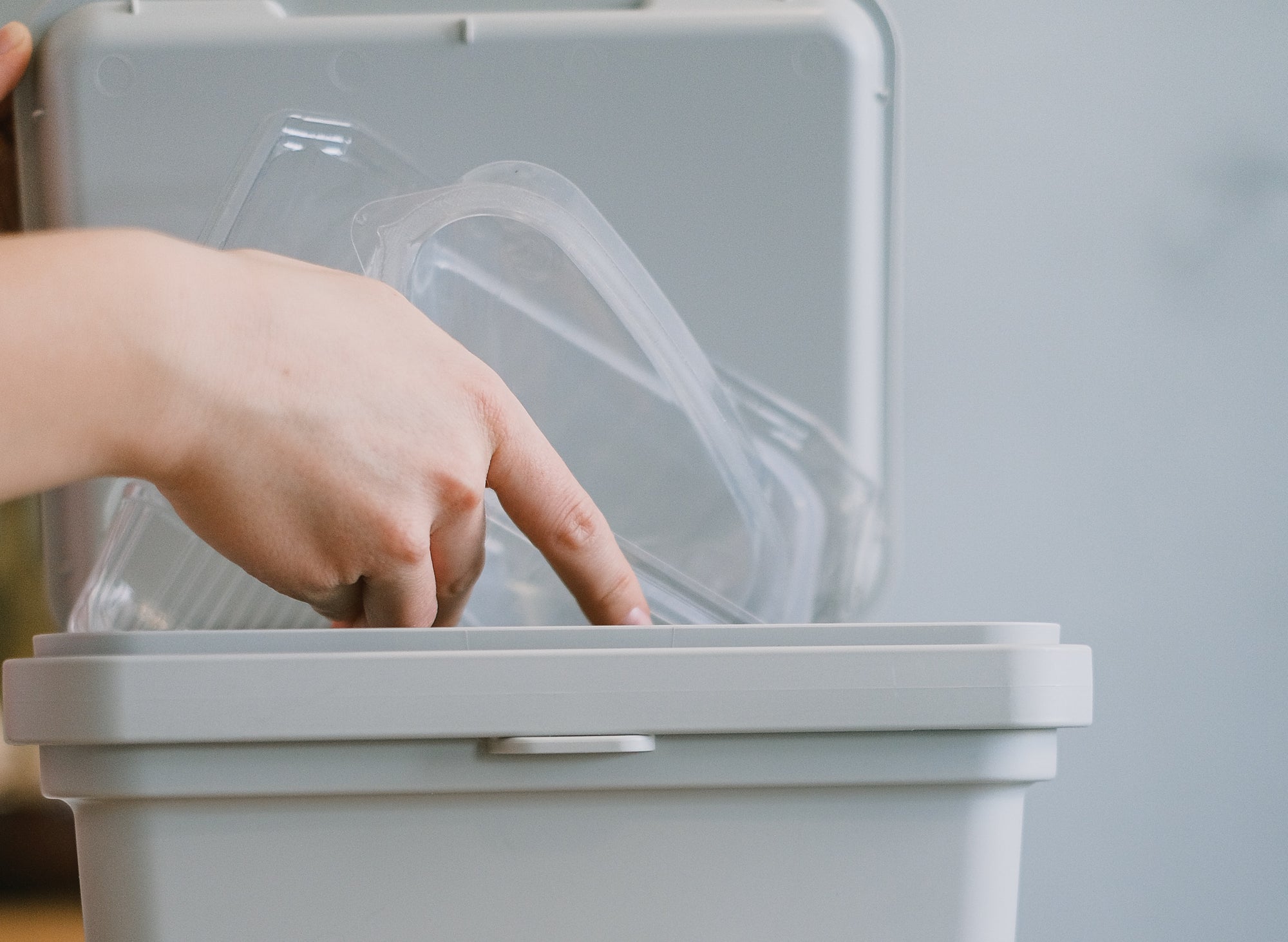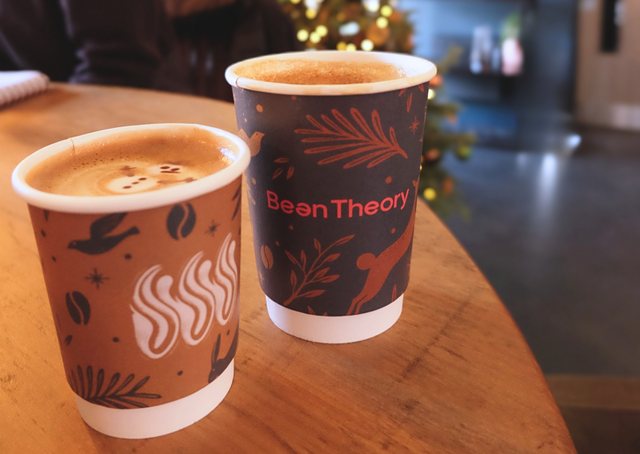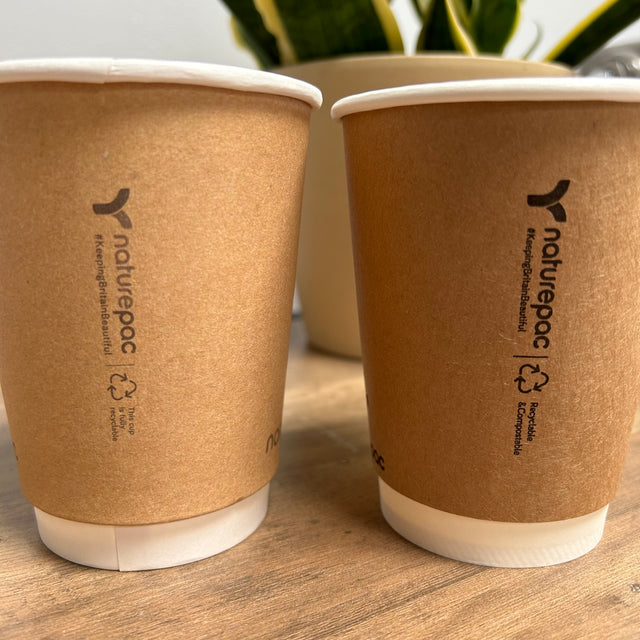
The term recycling has been installed into our minds since the 70’s and is a routine part of our everyday lives. As familiar as we are as a nation with the “reduce, reuse and recycle” mantra, there still exists a lot of misinformation and confusion when it comes down to the what, where and how of recycling, with a recent study by British Science Association showing millions of Brits are still unsure what to recycle – with crisp packets and plastic packaging causing the most confusion.
Here at NaturePac, we want to dispel the confusion surrounding packaging disposal for our clients and their customers so they can be reassured that their packaging is not harming the planet.
Below, we have put together a list of 5 mistakes you might be making when it comes to recycling your food and drink packaging to help dispel common recycling myths:
You can’t recycle any plastic – this is a myth.

There are many types of plastic which are readily recycled throughout the UK. The two most recycled plastics in the UK are HDPE and PET. These plastics are used to make items such as soft drinks bottles and milk bottles. At NaturePac, we use recycled PET for some of our clear drinking cups. Making our cups from recycled PET (or rPET) is helping to increase the demand for this recyclable and recycled material, so waste management companies are more likely to want to collect the material, diverting it from landfill.
All paper cups are recyclable – false!

There are a lot of people who think that just because their cup is made from ‘paper’ they can recycle any cup. Although this might be technically true, in the vast majority of cases, the paper cups need special treatment which the waste sorting facility will not have on site. This means that the cups are most likely to end up in landfill or be incinerated. The best solution to this is to ensure the paper cup can be recycled within normal waste paper streams, so that it doesn’t need any special treatment. The NaturePac Fully Recyclable Cup is this solution…
Compostable packaging can be recycled - also not true.

A lot of people believe these are recyclable (and place them in the recycling bin), which they are not, for the same reason as above. Recyclers do not like PLA mixed in with their recyclable plastic as it contaminates the batch. Compostable cups do work if you can have a closed site / closed loop system where you can ensure they get taken to be industrially composted. The best solution is to make sure you place this packaging in your general waste bin or opt for home compostable packaging.
Rinsing out your packaging before recycling doesn’t matter - it does!

Rinsing out your packaging with water and letting it dry increases the chance of it being recycled as it removes contamination from the stream.
You don’t need to separate materials to enable recycling – false.

A lot of the packaging which you put into your recycling bin is made from more than one material. This makes that item very difficult to recycle and so less likely to be processed. The best solution to this is to ensure the packaging item is made from a single material such as our Brown Kraft Meal Pails.
If the item cannot be made from a single material, then (if possible) it is best to separate the materials before you put them in the bin. An example of this would be to peel the window out from our Compostable Platter Boxes. The board the compostable platter boxes are made from is fully recyclable. The window is compostable PLA, which, if recycling, needs to be peeled off and either sent off for industrial composting or putting in the general waste bin.
Need some guidance on the best sustainable packaging solution for your brand and planet?
Our experts are happy to help point you in the right direction with clear and reliable advice.



